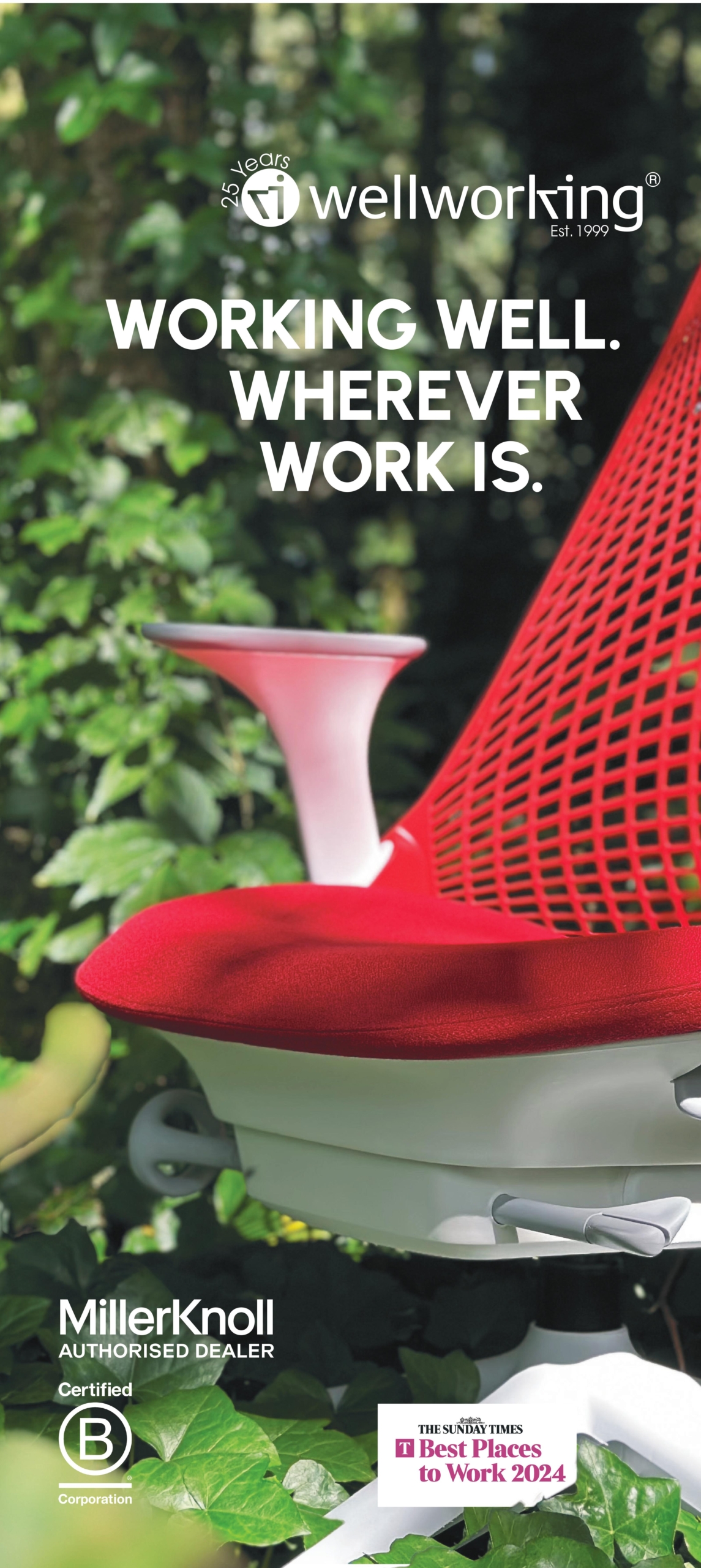May 28, 2015
Public sector lacks skills and confidence to buy more from smaller companies
 A new survey from techUK, the trade association that represents technology companies in the UK, claims that while civil servants see IT as key to delivering their mission, they don’t think their departments have the right skills and culture to enable digital transformation of public services. This extends to the way goods and services are procured with particular consequences for smaller suppliers. Of the 929 Civil Servants surveyed for the study, less than 1 percent of respondents see IT as an overhead, while over three quarters believe it to be a necessity. However, there remain significant barriers to technology adoption. Over three quarter (68 percent) claim that having the right skills internally is critical to improving the procurement process; but only 20 percent agree their department has the skills and capabilities to manage suppliers.
A new survey from techUK, the trade association that represents technology companies in the UK, claims that while civil servants see IT as key to delivering their mission, they don’t think their departments have the right skills and culture to enable digital transformation of public services. This extends to the way goods and services are procured with particular consequences for smaller suppliers. Of the 929 Civil Servants surveyed for the study, less than 1 percent of respondents see IT as an overhead, while over three quarters believe it to be a necessity. However, there remain significant barriers to technology adoption. Over three quarter (68 percent) claim that having the right skills internally is critical to improving the procurement process; but only 20 percent agree their department has the skills and capabilities to manage suppliers.






























May 27, 2015
Smart buildings, smart cities and the promise of infinite data
by Paul Doherty • Cities, Comment, Facilities management, Technology
More →